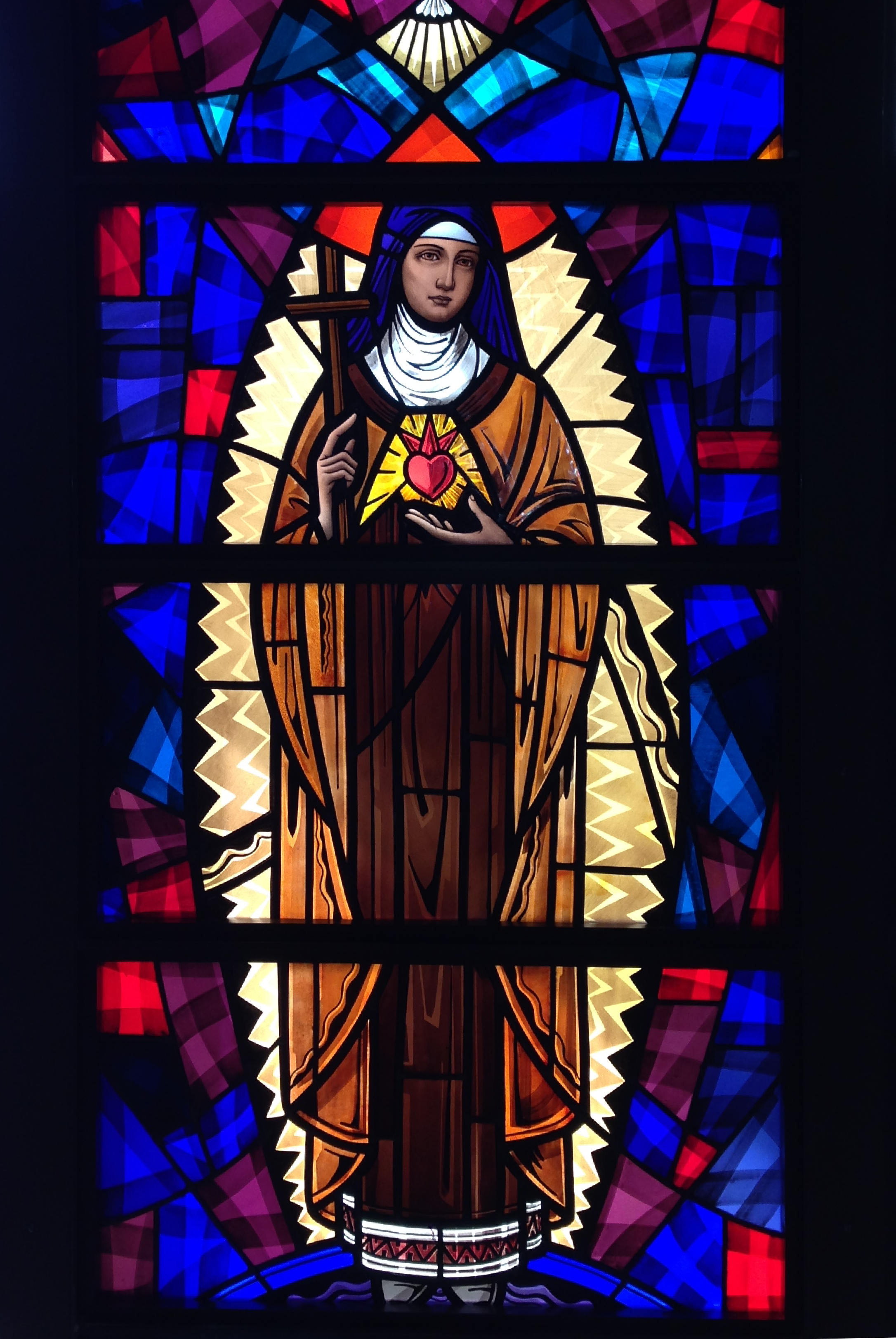The Solemnity of the Epiphany of the Lord commemorates the visit of the magi to worship the baby Jesus as told in the Gospel of Matthew: “Behold, magi from the east arrived in Jerusalem, saying, ‘Where is the newborn king of the Jews? We saw his star at its rising and have come to do him homage.’”
The word “epiphany” comes from the Greek Epiphainen, which means "to manifest," “appear,” or “make known.” The Feast of the Epiphany celebrates the revelation of Jesus, the Son of God, to the world. The magi, kings, astrologers, or seekers from the East stand in for all the peoples of the earth, for Jesus comes not just for one group of people but for all.
“The Epiphany is the manifestation of Jesus as Messiah of Israel, Son of God, and Savior of the world. The great feast of Epiphany celebrates the adoration of Jesus by the wise men (magi) from the East, his baptism in the Jordan, and the wedding feast at Cana in Galilee. In the magi, representatives of the neighboring pagan religions, the Gospel sees the first fruits of the nations, who welcome the good news of salvation through the Incarnation.” CCC 528
Although the magi are given the names Caspar, Balthazar, and Melchior, the Gospel doesn’t mention their names or that they are kings. Other than that, they are from the East, and their countries of origin aren’t even known.
Origins of the Church's Celebration
The celebration of the Epiphany dates back to the early centuries of the Church. Initially, it included the celebration of Christ’s birth. It wasn’t until 336, under the reign of Emperor Constantine, that the Church began celebrating Christmas separately, on December 25, creating the 12 Days of Christmas, which continued through the Feast of the Epiphany. While the actual date of the Feast of the Epiphany is January 6 in the United States, the celebration of the feast is transferred to the weekend closest to that date. This Christmas season, it will be on January 5, 2025.
The Gifts of the Magi
In many European cultures, the Feast of the Epiphany is celebrated as richly as Christmas, with gifts exchanged, since it is the day when the Magi presented their gifts of gold, frankincense, and myrrh to Jesus.
“These gifts can be seen as representing this threefold mission of Christ and the Christian,” explains Father Mark Nolette in his blog, The Anchorite.
Frankincense
"Frankincense was often used in divine worship. It becomes, then, an apt symbol of Christ as a priest. It is also a symbol of Christ’s divinity. Note that the magi prostrate themselves before the child Jesus and do him homage. In Matthew’s Gospel, such words are only used for God or Jesus. No one else. This is divine worship.
Myrrh
“Myrrh was often used in burials, mainly of prominent people who could afford it. Because of this, Christians frequently interpreted this gift as referring to the coming suffering, death, and resurrection of Jesus. In this sense, myrrh can be seen as representing Christ as a prophet. We think of the Suffering Servant prophecies of Isaiah that pointed to this. We also recall the words of Simeon to Mary at the circumcision of Jesus in the Temple.
Gold
“Gold has long been seen, in many cultures, as a gift for kings or denoting kingship. It is easy to see how this gift points to the kingship of Christ. In many places in Scripture, from Old Testament references like Psalm 72 to descriptions of the New Jerusalem in the Book of Revelation, we see references to gold and other precious materials offered to God or the Messiah. It’s interesting to see how Psalm 72 connects the offering of gold to the king’s mission to bring justice to his people. The gift of mercy and justice is inseparable from Christ’s role as king and our role as kings in service to the kingship of Christ.”
